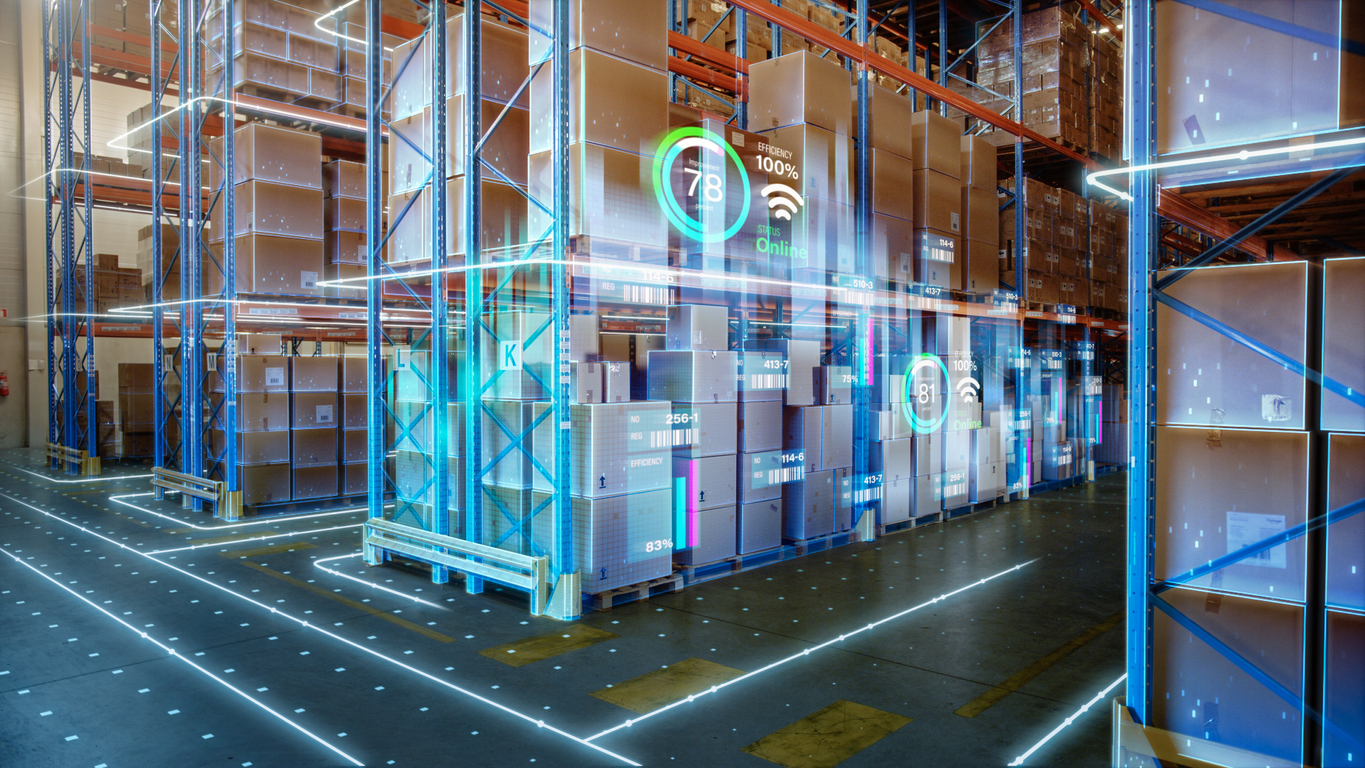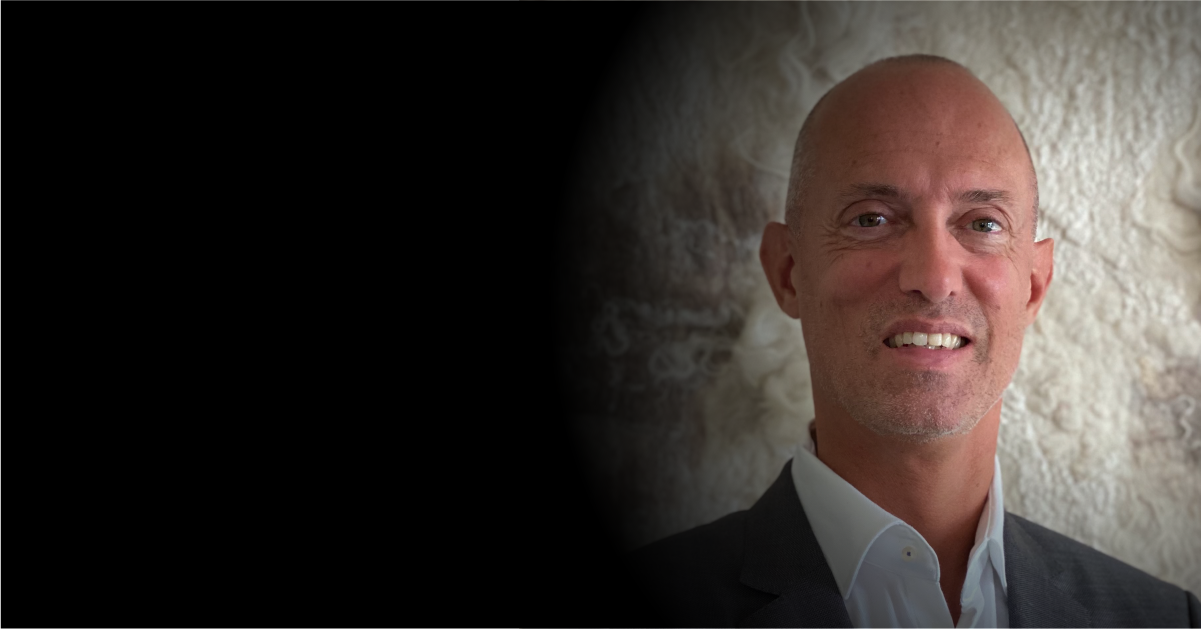As we enter the new world of work, all eyes are on CIOs and their teams to drive digitalization initiatives and successfully integrate them into existing systems. IT is breaking out of their silos and now has a much-deserved seat at the C-level table. No business decision can be made without the input of the IT division as we move into more technologically advanced ways of working.
We tap into the expertise of Petra Ålund, Head of Technology at SEB, on effective IT technologies and data strategies, IT talent shortage solutions and the characteristics of tomorrow’s IT organization.
What IT technologies have made the biggest impact on SEB’s business processes?
Intelligence has come a long way in the last five years. With increasing volumes of transactions and trades, manual work is not enough to maintain optimal pace and quality. AI and ML are vital in several aspects of our business operations. This includes securing the best uptime for our data centers and keeping a high-security level to data-driven advice internally as well as for our customers. Here are two important examples:
- AIOPs: AI operations use predictive infrastructure anomaly detection to detect deviations early, preventing downtime and service outage.
- Anti-Money Laundering & Financial Crime Prevention: AI is applied to large sets of data. Its smartness can detect anomalies which allows us to report them earlier. This will help us prevent, examine and report anomalies and suspicious activities more efficiently.
We are only starting to reap the benefits of smart technologies and we can already see positive impacts. The cloud journey is very prominent and a top priority in most industries. Cloud is the way forward to be scalable, flexible and locationally independent. We have partnered with Google Cloud to collaborate on innovative products and services to provide our customers with a better user experience.
As a third example, integration of Application Programming Interface (API) into systems, services, customers, other companies, and data sources will have a big impact on business processes. Leveraging both internal and open APIs on the market will allow the highest availability of components to easily build new solutions for customers.
What is your idea of an effective data strategy for optimal data utilization and protection?
Being data-driven is more than having a data warehouse and producing reports and dashboards. Data transformation is about having your data in order, but more importantly, it is about people upskilling and implementing whole new ways of working in all parts of the bank. It is a big cultural change, and it should not be underestimated.
What are your solutions to solve the IT talent shortage?
Attract new talent
Since the competition for talent is fierce, especially for talent with more scarce competencies, talent management is an area SEB is really investing in. Our global talent acquisition team is using cutting-edge tools to be able to work in more data-driven ways to find the right candidates faster and to enhance their end-to-end experience.
Branding is super important to attract talent. At SEB we are fortunate to be one of the top-ranked Nordic financial employers among finance and IT students. We have close collaborations with universities and regularly participate in events, job fairs, career days, workshops and research fields both directly and through our owners.
Train and retain our talent
We work with experts, international universities, and schools to offer learning in all fields to inspire, develop and support our employees’ ambitions. Our initiatives include internal events, hackathons and fully digital business universities. In addition, we offer mentor programs, volunteer programs, job-shadowing and internal gigs where employees can work in different parts of the bank for short periods of time.
What does the next-generation IT organization look like?
Business is IT and IT is business. We will see a continuation of this trend as there is still high demand for digitalization and new technologies. IT is the foundation and delivery mechanism of most financial and banking products and services. Technologies are part of all external and internal deliveries in back-office, operations and customer-facing functions.
IT departments are growing in the presence of new marketplaces and ecosystems. They are the infrastructure that enables the digitalization of processes and services for both employees and customers.
At SEB we have a virtual agile organization with 16 domains consisting of 65 tribes and 285 teams. These are cross-functional execution vehicles that increase adaptability to change as an organization. This structure allows us to learn, pivot and deliver at high speed, and to thrive in a competitive market.
I believe that DevSecOps (Dev: IT development, Sec: Security, Ops: IT operations) and IT automation will continue to accelerate in 2022. DevSecOps combine people, processes and automation to unite culture, work methods and tools to create the best prerequisites for fast and stable delivery.
How has the CIO role evolved in the last 18 months?
CIOs are becoming visionaries of the future as they provide insights into the changing business landscape and how to adapt to new technologies. This has been the set-up at SEB for quite a while where the CIOs are in the front seat of driving strategy.
This is in line with organizational development and learning as well as increased digital pressure from competitors, customers, and employees. All parts of the bank, with their different skill sets, are collaborating and are equally important in our agile set-up, where we drive both transformation and innovation of new products for our customers.
*The answers have been edited for length and clarity.









